|
Welcome back! This week I conclude my 3-part series on mastering the trails with mountain biking basics. For many, the idea of mountain biking can seem intimidating. This post is geared towards educating those newer to riding with a basic rundown of equipment and skills. However, sometimes the basics serve as good reminders for experienced riders as well. Please comment if you have any other tips and tricks that work for you! Bikes
Gears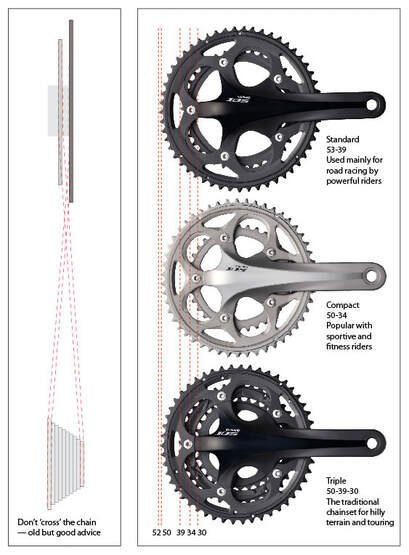
Gearing
Gears are referred to in terms of number of chain rings, and number of teeth (or size) of chain ring. Both of these can vary to fit the rider. See to the left for a basic comparison. Notice the top two include 2 rings of different size setups (numbers you see refer to teeth count). Standard issue for a common 21 speed bike is 3 X 7 (3 rings on the front, and 7 rings on the back - bottom set in the picture). This means 21 different gear ratios. However, several of those gears are wasted, since you do not want to cross the chain (see image on the far left). This puts stress on the chain - causes stretch and even breakage. Gaining in popularity are 1X (pronounced One By) setups, which are perfect for riders who do not need to access the "easiest" and "hardest" gear ratios. 1x9, 1x10, and 1x12 are all popular setups. In Michigan, most trails do not demand the extreme gears. The more elevation demands, the more you want to retain the "granny gear" - IE, if you're riding out west where there is a lot of climbing and more obstacles, you need to be able to spin those easy gears fast for best handling. Bike recommendations based on terrain
Skills of the trade
What's in the bag? Essentials for your bike pack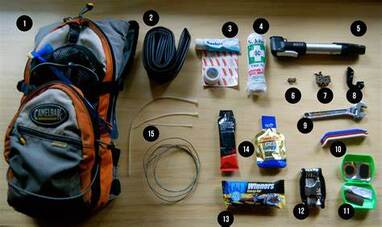
Always recommended to make sure your bike is tuned up and ready before hitting the trails. Take it to your nearest shop - a basic tune-up can last a whole riding season, and is inexpensive.
Happy trails!
0 Comments
Welcome back to the blog! Trail running is absolutely packed with benefits. I think we can all agree that it is mentally soothing to leave behind the concrete jungle and move nature's air through the lungs and muscles. But furthermore, the dirt and varied terrain is less impact on the joints, and challenges the muscles on a different level over it's concrete pounding counterpart. Let's explore the basic ins and outs of trail running In this post:
If you missed part 1 of my trail series on hiking, you can read it HERE. Today, I'm discussing hiking's close cousin: trail running. There are a lot of parallels between hiking and trail running - trail selection, proper footwear, foot placement, and navigating up and down hills are all important factors. In terms of forces, there is 2-3 times your body weight going through your joints compared to walking! So, everything you would consider in it's pavement pounding counterpart is AMPLIFIED by a factor of 2-3 when brought to the trails. Let's dive in! I mentioned this in my previous post, but trail selection becomes much more important when seeking to run the trails, even over hiking. I think it is worth re-posting the two apps that will serve you well in choosing a trail A great run starts with the right trail for youThese are the types of considerations that come in to play compared to hiking, or running on pavement- and that the above apps will help you with
Footwear Guide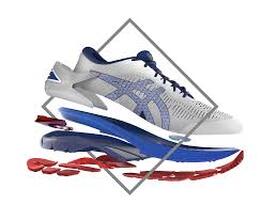
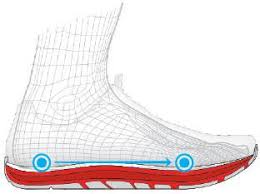
Trail tricks
Q&A with Mark Foy This section of the post is brought to you by our very own Fitness Specialist at Nutrilite Mark Foy! Mark is a seasoned trail runner, with over 30 years experience. His race resume includes 36 full marathons, 75 half marathons, and 1 half Ironman Triathlon. But, he is an absolute trail blazer! His trail resume is impressive, with 25 half marathons (Mostly in the Mt. Wilson area of Pasadena), 4 - 25k half trail marathons and 3 - 50k trail Ultras. He has a goal before age 65 to complete 50 marathons and 10 total 50k ultra trail marathons. Yeah, Mark knows a thing or two about the trails! Here are his best tips, taken from a Q&A section on his own blog: 1. From Rudy. Hello I am new to trail running and am getting shin splints. I think is from my shoes and running downhill. What would you recommend.
Mark F. Answer: Rudy thanks for reaching out. The number one piece of equipment for a trail runner is good trail shoes. The shin splints will dissipate if you have good shoes. Trust me on this. But recovering from shin splints requires icing your shins every 3-4 hours for 20-30 min. Standard recommendation until the pain and swelling subside. In some cases orthotics are also are a good piece of equipment 2. From Jessica: Hello I wanted to ask what sort of water intake do I need when I am running over 10 miles: Mark F. Answer: Jessica thanks for your post. A good rule of thumb for me is you need to fuel and hydrate every hour that you are out there. If your run is less than an- hour you can in most times get away with it. But when you are over an hour, you start losing caloric load and thru sweat lose electrolytes and hydration. The sun and how hot it is also is a factor. But remember even in cooler climates you are burning calories/sweating and need to take in proper fuel. I use a 2 liter camel bak system for shorter runs and a 3.5 liter system for longer runs If you don’t have a camel bak, I would highly recommend one for runners especially if you are doing longer runs. Good luck! 3. From Bob S. Hi I am new to trail running. A novice and wanted to know some good tips when I’m out on a trail run. Thanks Mark F. Answer: Bob thanks for your post. For me there are at least 8 tips when I first started running trails that I still try to live by when I’m out on the trails. And in most cases I do run alone and I really try to adhere to my 8 fundamentals; a lot of my runs are in hills that unfortunately have no cell reception so I make sure when I’m at higher peaks running that I bring my mini satellite text device: REI sporting goods sells them and are handy in case of emergencies. You can text and receive texts. Very handy Other tips: 1. Give yourself ample time in your run. Don’t try and kill it the first few runs. Trail running is totally different than street running 2. It’s ok to walk when u get tired or encounter a hill that is steep 3. Watch for course markings or landmarks as some trails you can get lost in. Make sure you know your surroundings. Know your route and always have a map of some kind 4. Bring ample food/water 5. Share the trail. There are a lot of trails where there are crowds so be courteous to your fellow runners. Us trail runners are very appreciative of other runners so just show them that courtesy 6.Wear the right footwear. Make sure you use a trail running shoe and not a tennis shoe. A trail shoe will help grip the terrain and will help you on those uneven surfaces. 7. Bring your cell phone in areas where there is reception. Things can go sour in a moments notice if you are not careful 8. Tell someone where you are going. Is always important that someone knows you are out there For myself I run alone as i have been trail running over 20 years. But is best to run with someone. Thanks Bob 4. A little more advanced question. Stephanie posted: I really appreciate your time and expertise Mark in answering these questions. If you can tell me what is a good stride length or cadence on flat hills; uphills and downhills? Thank you Stephanie for your post. Mark F. Answer I always maintain between 80-90 strides per minute for a general rule. This will change slightly on downhill and uphill runs Flatter runs tend to be like road runs. Whereas uphill trail runs are using shorter choppier strides. Downhill your stride length will be longer as you will be running faster. Hope this helps. Thanks Stephanie Tim here also is a good list of top trail running tips on race day: I try and use most of these when I race especially on ultra races 1. Visualize your run and always know on a trail race difficulties most often arise. Make sure you are mentally prepared to deal with this 2. Training for trail races; a good tip is hiking for leg strengthening and conditioning. Builds a solid base especially for those hills 3. Trust in your race preparations. Make sure you make that checklist prior to your run 4. Obviously pace yourself and don’t go out too fast. My rule is good tempo on flats: shorter stride on gradual hills and walking on steep hills. Saves you in the end 5. Keep eating and drinking throughout your event. I have run 3-50k trail runs and you can bonk as I have experienced if you don’t properly fuel your body. Very important tip! 6. Be prepared to spend a lot of time alone. Most trail runs like any event the field spreads out. You have to deal with the quiet. I always talk to myself staying motivated and positive. Makes for a better run. I also run with music which is great for passing the time during the run 7. The tough times will pass. You know you will experience tough times in a race. Get thru those times as they will pass. Just keep eating and moving your body 8. Enjoy your experience. Trail running is such a unique and challenging experience and is shared by many runners. Just know you will finish the race. Don’t quit and enjoy your time out there. Did someone say Tee-time?? Nope Oh ok, so it's tea-time?? Wrong again Time to discuss the other T. Testosterone. June is mens health month, and we would be remiss not to hit on an important issue: low testosterone (or low T). While T levels commonly drop with age, it is not something that only affects males over 50! The decline has started earlier, and only becomes notable in those who are older. It is important for males of all ages to adopt habits earlier to stave off the age-related decline. This is what we'll be discussing here today. Oh, and BTW, low T goes way beyond sexual health. Here are some other impacts of low T:
But, more serious effects include increased risk of osteoporosis, and is linked to higher risk of death from heart disease and other causes. Ways to boost T naturallyMeds and supplements that advertise a boost in T can be detrimental, and ineffective. They should be the last option after natural interventions such as the following science-backed methods 

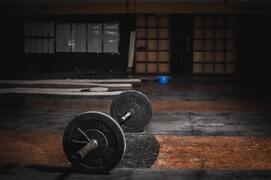
Watch my video below as I walk you through the setup and execution of a proper deadlift. 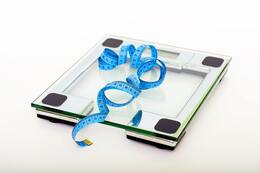
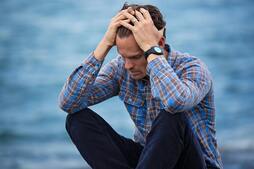


 Hello everyone, welcome back to the BSNV blog. Coming at you today to discuss a few healthy and positive methods that can be used in the communications we have with kids about exercise and physical activity. This is a perfect subject for my Sweat the Small Stuff series , as it should be approached with small steps. This is not meant be an exhaustive list of topics to solve all unique situations. Kids respond to different methods according to their stage of development, genetics, and environment. But, I believe there are controllable attributes to this subject that are universal, yet tough to live out. Much of this goes against the grain. It is meant to be a healthy starting point and a reminder of a sound approach. Of course, this applies equally to those kids who naturally love to get out and be active as well as those who struggle with it  Childhood Obesity The stats on childhood health metrics are, unfortunately, getting worse with time. The rise in childhood obesity is a significant indicator of this, as this can lead to lifelong health complications, mental and physical.
But FIRST, an ANALOGY! If you have ever used any kind of tool around the house, you can relate to this. Open up the manual on all hand and power tools, and you would see under the warning label something to the effect of: "Use (tool) as recommended by the manufacturer. Do not apply excessive force or use any other tools to gain leverage. This will exert greater forces on the tool than it was designed for and is likely to cause breakage and possible injury". Essentially, hold the tool and set it up properly, and it will do most of the work on it's own. Hopefully you can see where I'm going with that- kids need an inviting environment where they can learn on their own all of the merits of exercise. Their reward system is vastly different than that of an adult, so we have to be creative with them  Discrete counter-productive communication Ironically, this advice about communication is more about what NOT to say around kids about YOURSELF or other adults regarding exercise. Parents have to tread carefully here about how exercise gets imprinted on kids. This can have pretty permanent effects, depending on the age, so let's get this out of the way first. Here are a few phrases, with huge impacts:
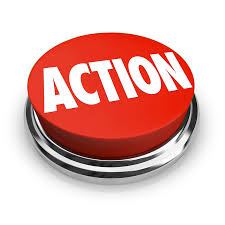 Regarding kids and exercise, TALK IS CHEAP! The single BEST way to talk to kids about exercise is to NOT talk to kids about exercise! What I mean by that is, telling a child or teen to exercise can easily go nowhere. It can be interpreted as a chore. In my opinion, We START with the DOING, and TALK later about all of the positive aspects of the experience. Coach them on experiences AS THEY HAPPEN, so they can relate instantly to the benefits. We want to teach them the importance and to build on educating them on things by calling how things make them FEEL, and help them shape their experience and build on all of the good feelings associated with what they accomplished. Here are some great ways we can impress upon them without saying a word Start SMALL Sweat the small stuff here. Like it is with adults, If you have a kid who struggles with something, you don't throw a huge regime change at them all at once. Set up and celebrate small accomplishments. Lead with experiences, and celebrate them and talk 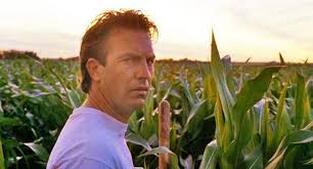 If you build it... Give them access to many different, fun, and active options! Trampolines are the epitome of this- they are FUN, and promote great exercise, while breeding basic athleticism, spacial awareness, and muscle strengthening. Basketball hoops, soccer goals, and always have a ball-bag stocked with the basics! Basketball, baseball and gloves, soccer ball, football, etc. And keep them inflated and ready to use. Make sure all barriers to use are minimized. 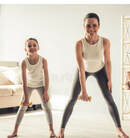 Be a model The BEST thing to do is model your behavior. Kids notice what you do, and will often follow doing something simply because you are doing it. If it's a part of your life, it will most likely become an important part of theirs. Make open play outside fun - get creative and be a part of it! It's not enough to just say "go outside and play". We can do better than that. Get out there with them 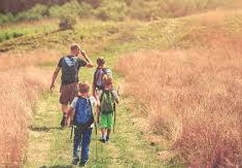 Hit the trails and explore! Make hikes and trail rides a regular thing, away from the house. Make completion of the hike an accomplishment, and comment on how good it makes you feel. If kids don't respond to sports as a means of physical activity, then chances are good they will take to nature. Its an opportunity to coach certain aspects about exercise: it can be tough, but it's important to finish, and they should feel rewarded for finishing the hike. That is how they should learn about exercise - by DOING first, and circling back and talking about it later. Emphasize how happy the body is after exercise, and all of the good effects. We all know it can be difficult to get kids to buy into things they don't enjoy. It is up to parents to communicate by DOING and SHOWING, and TALKING later. With proper setup, kids are much more likely to make exercise and physical activity an important part of their life
Until next time! “In advanced societies, thinking that tea, coffee, alcohol, and manufactured beverages are desirable substitutes for the purely natural water needs of the daily “stressed” body is an elementary but catastrophic mistake.” Welcome back to the BSNF blog This week with Wellness That Works, we are discussing skin health. Many of us are also going through a heat wave. So naturally, a discussion about hydration seemed appropriate! (shout out to my wife who gave me the idea) We have all heard about the recommendations for hydration - "at least 8-10 cups per day", "if you are thirsty, your are already dehydrated", "if your urine is clear, you are adequately hydrated". All of those are true, BTW. But it is right up there with sleep recommendations. We hear it so much that we tend to gloss over it and take it for granted. Hydration, like sleep, is a HUGE underlying health factor that has far reaches in many other factors of our overall health. However, this impressive list of benefits mostly goes unnoticed throughout our daily lives. Let's look briefly at how hydration is linked to skin health Hydration and Skin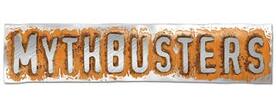 First, a heavily perpetuated myth dispelled! One of the more pervasive myths regarding water intake is the improvement of the skin, in terms of complexion. By improvement, it is generally understood that individuals are seeking to have a more “moisturized” look to the surface skin, or to minimize acne or other skin conditions. Numerous lay sources such as beauty and health magazines as well as the Internet suggest that drinking 8–10 glasses of water a day will “flush toxins from the skin” and “give a glowing complexion” despite a general lack of evidence (sourced here and here) to support these "promises". This should not be confused with the positive impact of hydration in otherwise dried out skin due to dehydration. Now read on! Now some skin hydration facts:
Hydration and Performance
Here are some more health effects of proper hydration: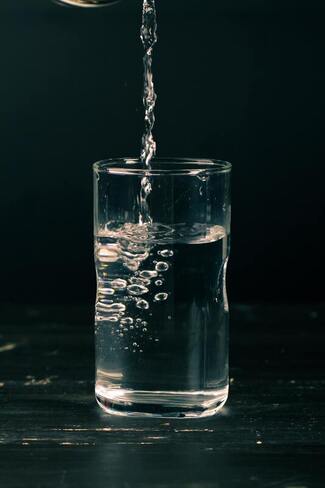 Energy: Suboptimal hydration slows the activity of enzymes, including those responsible for producing energy, leading to feelings of fatigue. Even a slight reduction in hydration can lower metabolism and reduce your vitality. OVERHYDRATION (or, hyponatremia) is also a serious condition. MORE water is not necessarily BETTER! Digestion: Our bodies produce an average of 7 liters of digestive juices daily. When we don’t drink enough liquid, our secretions are more limited and the digestive process is inhibited. (Note that drinking too much water all at once, particularly with food, can also dilute digestive juices, reducing their efficacy and leading to indigestion. It is a good hydration habit to drink water between meals and to take a break from 30 minutes before a meal until 30 minutes after.) Regularity: As partially digested food passes through the colon, the colon absorbs excess liquid and transfers it to the bloodstream so that a stool of normal consistency is formed. When the body is low on water, it extracts too much liquid from the stool, which then becomes hard, dry and difficult to eliminate. Slowed elimination contributes to toxicity and inflammation. Blood Pressure: When we are chronically dehydrated, our blood becomes thicker and more viscous. Additionally, in response to reduced overall blood volume, the blood vessels contract. To compensate for the increased vein-wall tension and increased blood viscosity, the body must work harder to push blood through the veins, resulting in elevated blood pressure. Stomach Health: Under normal circumstances, the stomach secretes a layer of mucus (which is composed of 98 percent water) to prevent its mucus membranes from being destroyed by the highly acidic digestive fluid it produces. Chronic dehydration, though, impedes mucus production and may irritate and produce ulcers in the stomach lining. Respiration: The moist mucus membranes in the respiratory region are protective; however, in a state of chronic dehydration, they dry out and become vulnerable to attack from substances that might exist in inhaled air, such as dust and pollen. Hydration: Dehydration causes enzymatic slowdown, interrupting important biochemical transformations, with acidifying results at the cellular level. The acidification of the body’s internal cellular environment can be further worsened when excretory organs responsible for eliminating acids (e.g., the skin and kidneys) don’t have enough liquid to do their jobs properly. An overly acidic biochemical environment can give rise to a host of inflammatory health conditions. Weight Management: Feelings of thirst can be confused with hunger, both because eating can soothe thirst and also because dehydration-induced fatigue is often misinterpreted as a lack of fuel (e.g., sugar). Both dynamics can lead to false sensations of hunger, triggering overeating and weight gain. Inadequate hydration can also promote the storage of inflammatory toxins, which can also promote weight gain. Clinical studies show that in 37% of people the thirst mechanism is so weak that thirst is confused with hunger. Cholesterol: Cholesterol is an essential element in cell membrane construction. When we are in a state of chronic dehydration and too much liquid is removed from within the cell walls, the body tries to stop the loss by producing more cholesterol to shore up the cell membrane. Although the cholesterol protects the cell membrane from being so permeable, the overproduction introduces too much cholesterol into the bloodstream. Kidney and Urinary Health: When we don’t drink enough liquid, our kidneys struggle to flush water-soluble toxins from our system. When we don’t adequately dilute the toxins in our urine, the toxins irritate the urinary mucus membranes and create a germ- and infection-friendly environment. Joint Health: Dehydrated cartilage and ligaments are more brittle and prone to damage. Joints can also become painfully inflamed when irritants, usually toxins produced by the body and concentrated in our blood and cellular fluids, attack them, setting the stage for arthritis. Aging: The normal aging process involves a gradual loss of cell volume and an imbalance of the extracellular and intracellular fluids. This loss of cellular water can be accelerated when we don’t ingest enough liquids, or when our cell membranes aren’t capable of maintaining a proper fluid balance. As you can see, proper hydration goes a LONG way in keeping us healthy and active. It is also EASY to do! Now go fill that tumbler and keep it handy throughout the day!
|
Broad Scope Narrow Focus BlogWelcome to the Broad Scope Narrow Focus Blog! I hope you find a lot of useful and applicable information as we explore the broad world of Wellness together. Check in often, as there will be new posts weekly! Enjoy Archives
September 2021
Categories |
Services |
Hours & Contact InformationHours of Operation: The Facility is staffed Tuesday - Thursday 7a-5p
*Facility is accessible 24 hrs / 7 days a week e . [email protected] p . (616) 787 - 7710 |

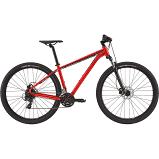

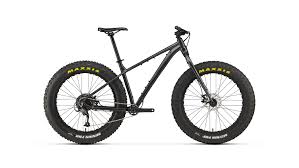
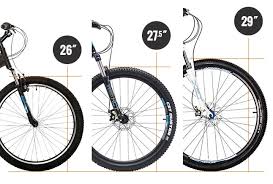
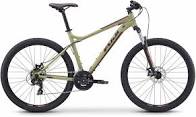
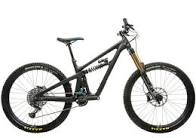
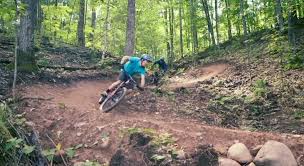
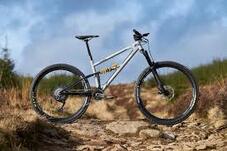
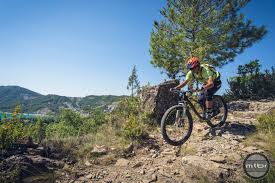

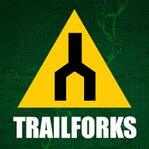
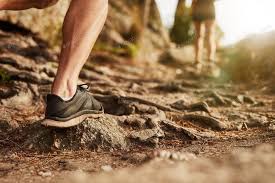
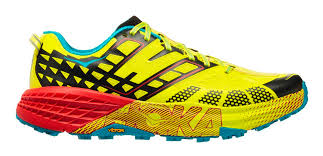
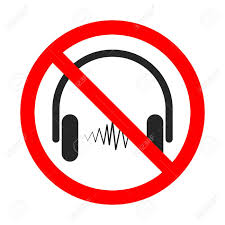
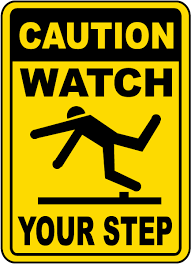
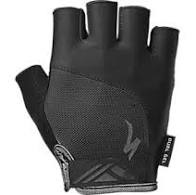
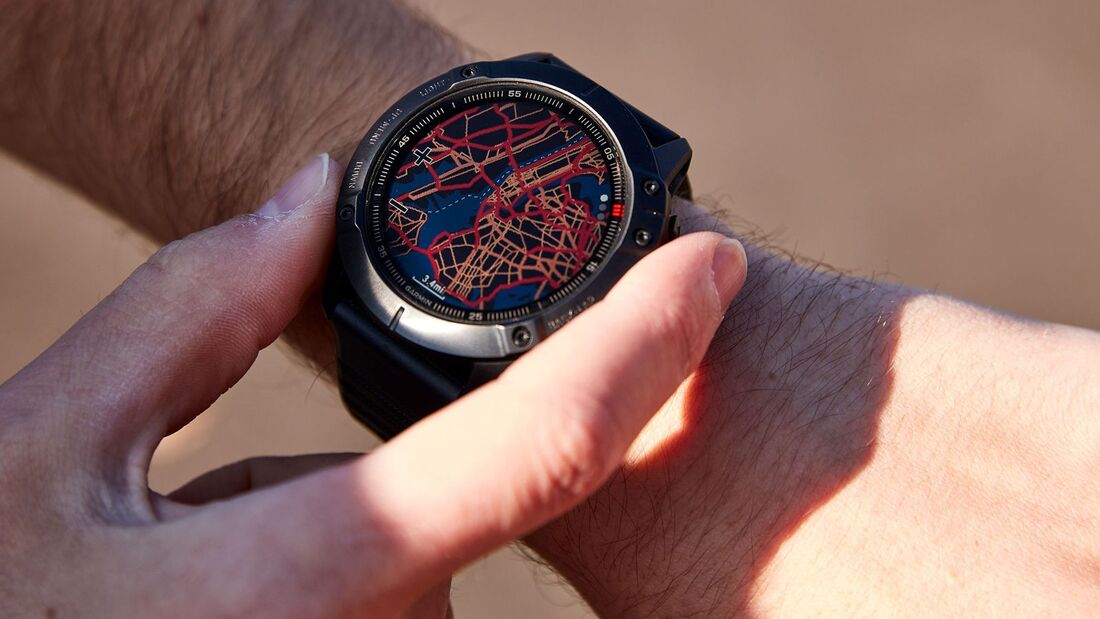
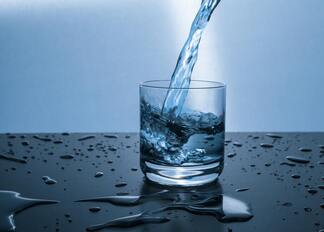

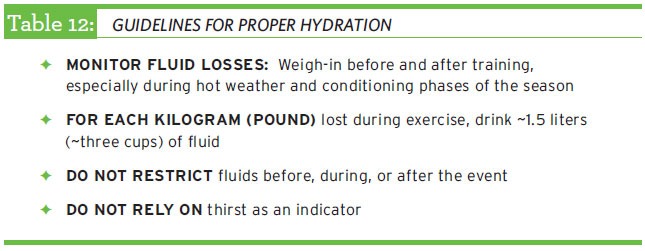
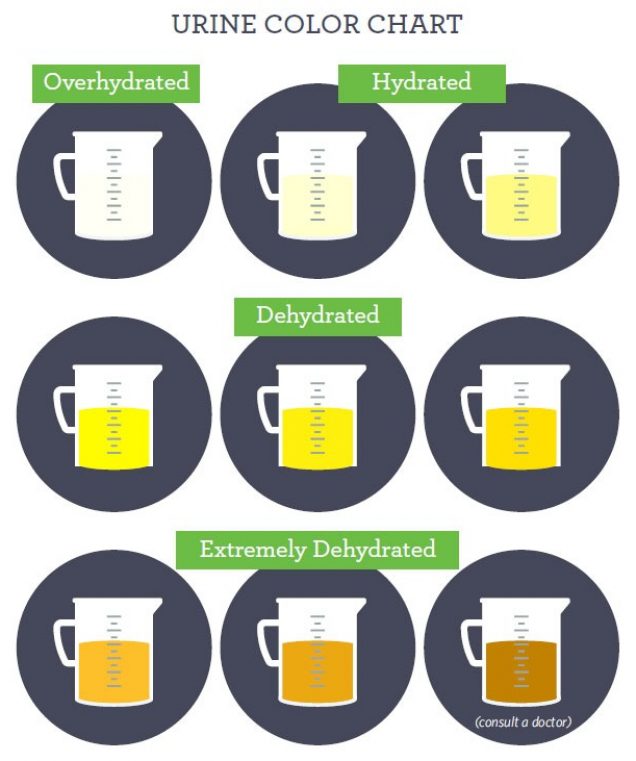
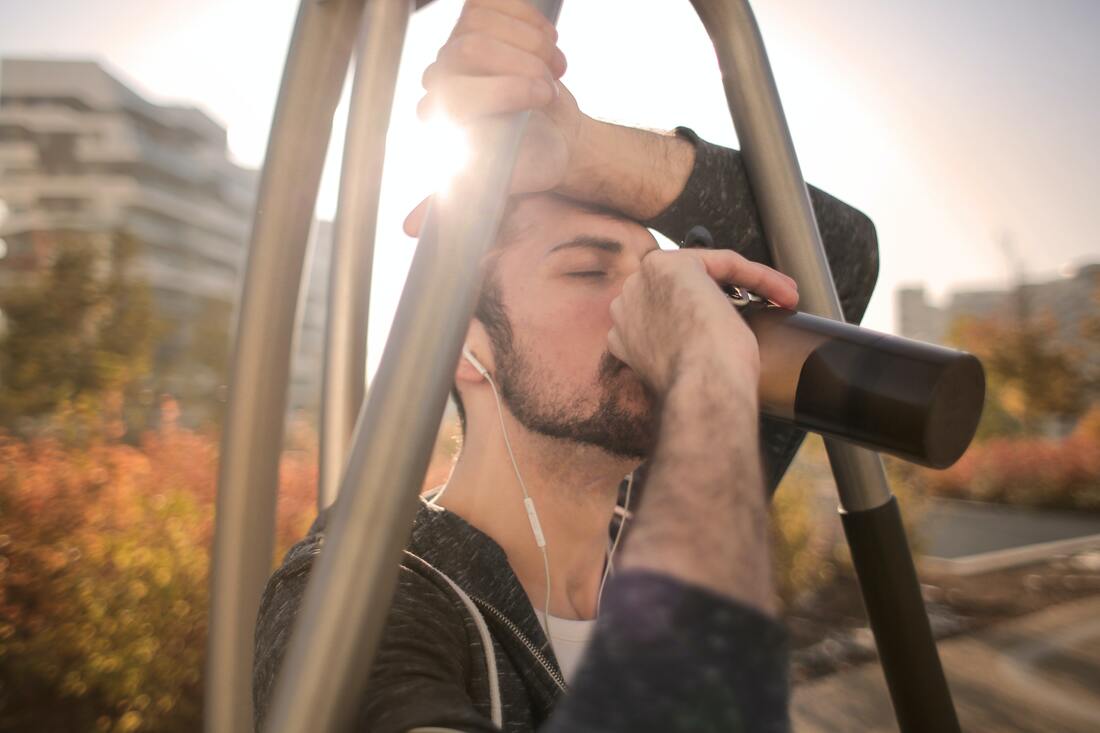
 RSS Feed
RSS Feed